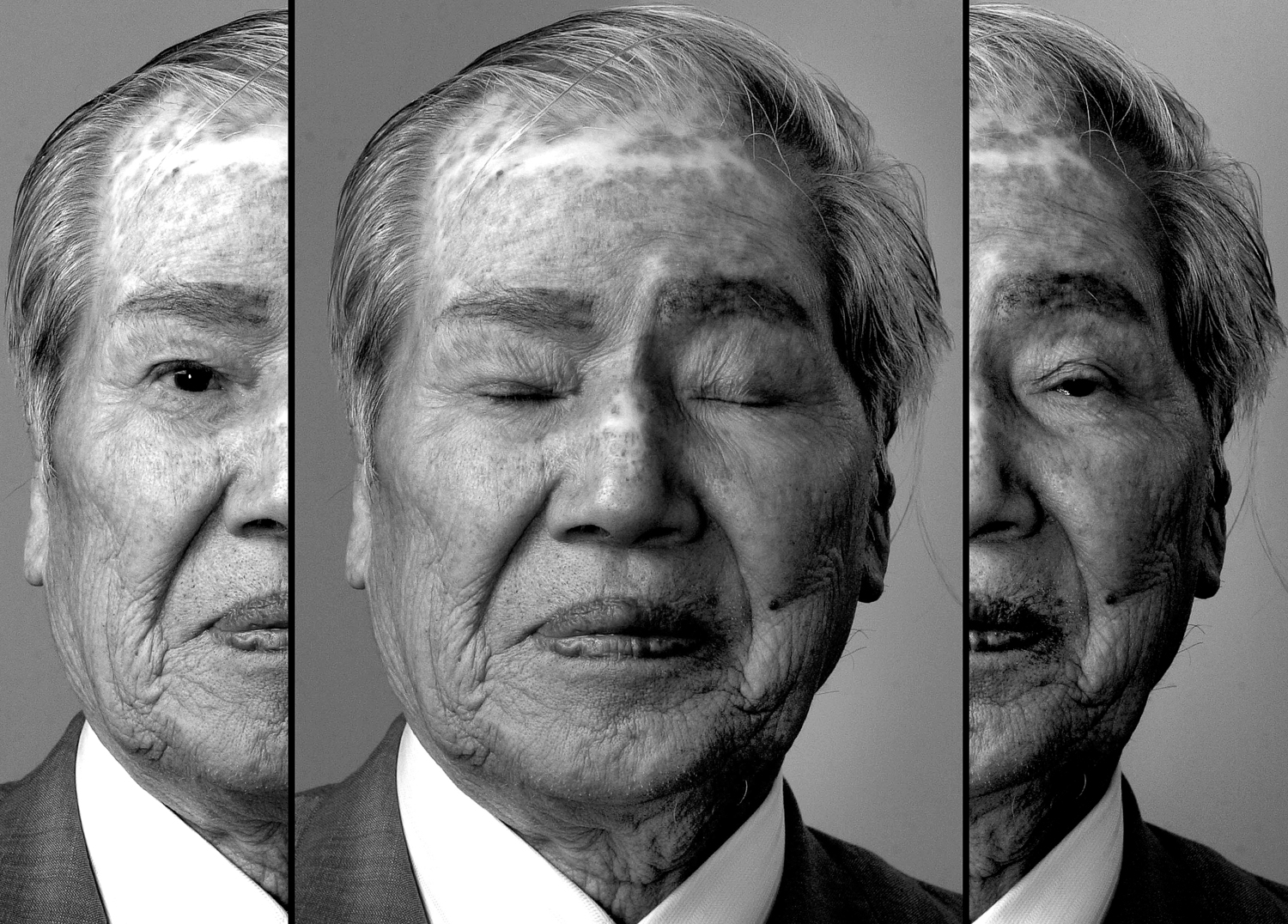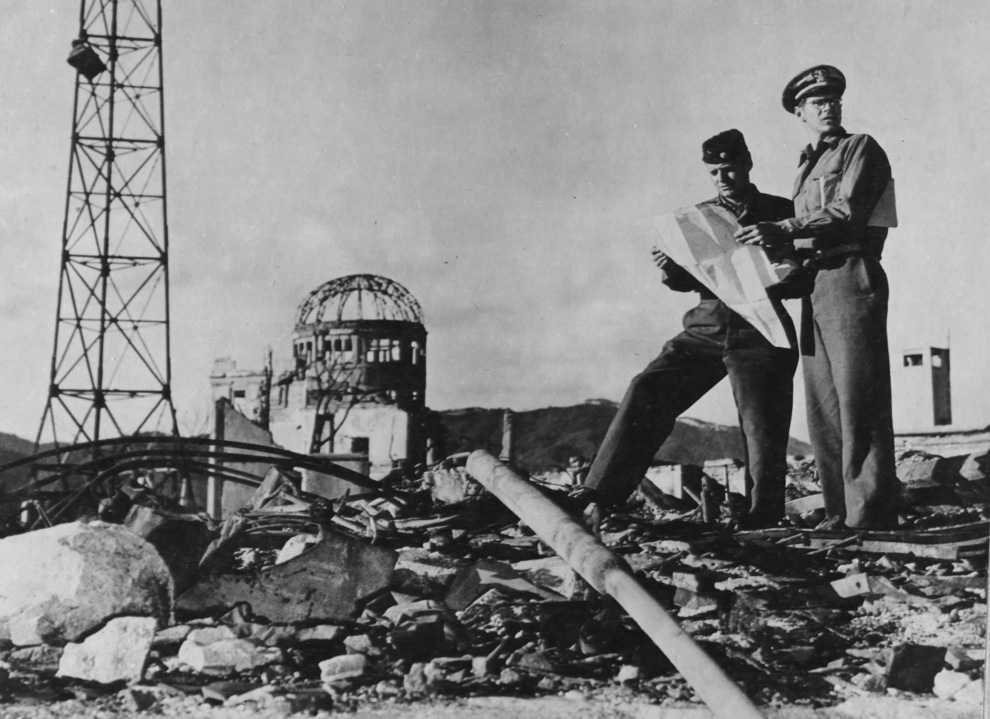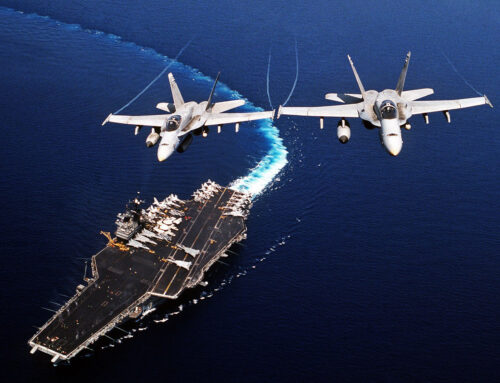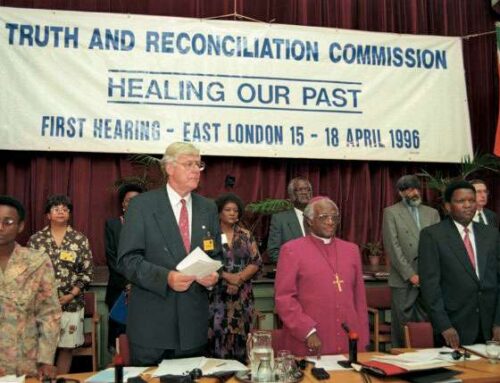“Peace is not the absence of conflict; it is the ability to handle conflict by peaceful means.”
“Our moral imperative is to work with all our powers for that day when the children of the world grow up without the fear of nuclear war.” Ronald Reagan
On August 6th, 1945, during WWII, the first atomic bomb was dropped over Hiroshima by an American B-29 bomber.
This bomb led to the death of an estimated 80,000 people, in addition to the people who continued to suffer from the effects of radiation. Three days later, a second bomb was dropped on Nagasaki. It was estimated that 40,000 people lost their lives. A number of survivors and their families continue to suffer to this day, both physically and psychologically. The prominent activist survivors, known as the hibakusha, continue to plea for the elimination of nuclear weapons. The hibakusha had a role in the establishment and the adoption of the Treaty on the Prohibition of Nuclear Weapons (TPNW), which was adopted in 2017.
Here is a video from The International Campaign to Abolish Nuclear Weapons (ICAN). It depicts Setsuko Thurlow, a hibakusha and lifelong activist for the elimination of nuclear weapons.
When and How It All Started?
Two important facts:
First, The Manhattan Project; a project that began when a group of scientists in America, many of them refugees from fascist regimes in Europe, conducted research in nuclear weaponry. It is interesting that in 1940, the U.S. government-funded the U.S. atomic development program, which was overseen by the Office of Scientific Research and Development as well as the War Department. The scientists continued to produce nuclear materials in pursuit of an atomic bomb. These nuclear materials were sent to Los Alamos, New Mexico, where J. Robert Oppenheimer and his team worked to produce a functioning atomic bomb. This is what allowed the Manhattan Project to complete its first successful test. On July 16th, 1945 the Trinity test took place at Alamogordo, New Mexico.
Secondly, in regards to the decision to use atomic bombs in Japan. The attack on Japan was led by General Douglas MacArthur and other commanders. In the early stages of the war, they considered a typical invasion strategy. MacArthur estimated that a traditional invasion of Japan would end with about 1 million U.S. soldier casualties. Despite moral reservations from the Secretary of War, Henry Stimson, General Dwight Eisenhower and a number of the Manhattan Project scientists, Truman decided to use the atomic bomb in the hopes of bringing the war to a quick end. This is what allowed the U.S. to achieve victory in the Pacific War.
The Brutal & Inhumane Violation of Human Rights at Hiroshima & Nagasaki
The initial number of deaths was estimated to be around 120,000 people. This is an explicit violation of the right to life, especially when these targets were predominantly civilian. Atomic weaponry cannot be used again as it would violate the new convention and declaration that relates to human rights, especially the ones that were adopted after the end of WWII. Using atomic bombs is now a violation of Article 3 of The Universal Declaration of Human Rights, which states, “Everyone has the right to life, liberty and the security of person.” (p 3, 1948). Additionally, the atomic bomb violates Article 6.1 of the International Covenant on Political and Civil Rights: “Every human being has the inherent right to life. This right shall be protected by law. No one shall be arbitrarily deprived of his life” (p 4, 1966).
Furthermore, the atomic bomb violates the Law of War. Henri Dunant, the founder of the Red Cross, codified the Law of War into International Humanitarian Law in 1864. This process led to the establishment of the first Geneva Convention, which is an international treaty to care for civilians who are injured in war. This was followed by the establishment of four other treaties in 1948 after WWII. These four treaties established the Geneva Convention and expanded the law and rules of war that were codified.
The Law of War has many important principles. Humanity is a key principle. According to The Department of Defense of The Law of War Manual: “Humanity may be defined as the principle that forbids the infliction of suffering, injury, or destruction unnecessary to accomplish a legitimate military purpose. Humanity animates certain law of war rules, including: protections for the civilian population and civilian objects; prohibitions on weapons that are calculated to cause superfluous injury; and prohibitions on weapons that are inherently indiscriminate.” (p 58, 2015).

Sunao Tsuboi, one of the “hibakusha,” or survivors of the atomic bombing of Hiroshima, is pictured here 60 years afterwards. New York City, April 29th, 2005. He was a 20-year-old university student when the city of Hiroshima was bombed by Allied forces on August 6th, 1945. He still suffers the from the effects of radiation. MICHAEL BRENNAN/GETTY IMAGES Courtest of Al Jazeera.







